Industry information
Company News
- Aluminum veneer: the "fashionable coat" of modern architecture
- Aluminum veneer curtain wall: the beauty of architecture starts from the first panel
- Newcomer in Aluminum Veneer: Imitation Wood Grain Aluminum Veneer, a blend of modernity and nature
- Aluminum veneer curtain wall: a model of the integration of architectural aesthetics and technology
- Curtain wall aluminum veneer: creating the "golden decoration" of modern architectural art
Industry dynamics
- Aluminum veneer: a choice for light luxury, creating a new trend of modern home decor
- A new choice for customized green and environmentally friendly aluminum veneer
- Imitation wood grain aluminum veneer: the new favorite of retro fashion in modern architecture
- How to reduce the purchase price of aluminum veneer?
- Aluminum veneer: providing multiple material options for buildings
Frequently asked questions
- What are the limitations of the application scope of aluminum veneer?
- What are the types of aluminum veneer?
- How does aluminum veneer provide the wind resistance required for modern buildings?
- How to evaluate the impact of the plasticity of aluminum veneer on the appearance of buildings?
- Does the production of aluminum veneer require certification?
contact us
Mobile:+86 15627778610
Email: 2201229786
Address: No. 5 Binjiang Road, High tech Zone, Zhaoqing City, Guangdong Province
Aluminum veneer: a building material offering multiple surface treatment options
- Author: Lesilong Technology (Guangdong) Co., Ltd
- Release time: March 2, 2025 03:39:04
- Click:0

Aluminum veneerProvide a variety of surface treatment options for building materials
Abstract: Aluminum veneer is a commonly used material in the construction industry, with a wide variety of surface treatment options. This article will elaborate on the various surface treatment options offered by aluminum veneer as a building material from four aspects.
1、 Appearance effect
1. Aluminum veneer can present various appearance effects through different surface treatment methods. For example, anodizing treatment can form an oxide film on the surface of aluminum veneer, increasing its durability and corrosion resistance, while also allowing for the selection of different colors and glossiness. Spraying treatment can achieve more color choices and can be customized according to needs.
2. In addition, aluminum veneer can also undergo coating treatment to give its surface a metallic texture, increasing the texture and luxury of the building. Texture processing can create various texture effects on the surface of aluminum veneer, such as wood grain, stone grain, etc., to meet different architectural styles and design requirements.
3. In short, aluminum veneer, as a building material, has various surface treatment options that can bring rich appearance effects to buildings, making them more beautiful and unique.
2、 Functional
1. In addition to the appearance effect, the surface treatment of aluminum veneer can also endow it with certain functionality. For example, using special coating treatment can achieve self-cleaning effect, making the surface of aluminum veneer less prone to dust and dirt, reducing the workload of cleaning and maintenance. In addition, surface treatment can enhance the fire resistance, weather resistance, and durability of aluminum veneer, thereby improving the safety and service life of buildings.
2. The surface treatment of aluminum veneer can also achieve functions such as sound insulation and thermal insulation. For example, by adding soundproofing materials or using special texture designs on the back of aluminum panels, noise transmission and heat loss can be effectively reduced, improving the comfort and energy efficiency of buildings.
3. Therefore, as a building material, aluminum veneer has various surface treatment options that not only meet the appearance requirements, but also endow buildings with certain functionality and enhance their overall performance.
3、 Environmental friendliness
1. During the surface treatment process, environmentally friendly coatings and materials can be used on aluminum veneers to reduce environmental pollution. For example, water-based coatings can replace traditional solvent based coatings and reduce the emission of harmful gases. Meanwhile, aluminum veneer itself has recyclability, which can reduce resource waste and environmental burden.
2. In addition, the surface treatment of aluminum veneer can also use solar photovoltaic technology to convert it into a part of renewable energy, reducing the energy consumption and carbon emissions of buildings.
3. In summary, aluminum veneer, as a building material, not only offers a variety of surface treatment options, but also has high environmental performance, which meets the requirements of sustainable development.
4、 Economic viability
1. The surface treatment of aluminum veneer can be customized according to needs, reducing waste and costs. By selecting appropriate surface treatment methods, aluminum veneer can meet both appearance and functional requirements while maximizing material and human resource savings.
2. In addition, aluminum veneer has a longer service life and lower maintenance costs. Its surface treatment can increase its durability and corrosion resistance, reduce the frequency of maintenance and replacement, and lower the operating costs of buildings.
3. Therefore, as a building material, aluminum veneer has multiple surface treatment options that not only meet design requirements, but also have high economic efficiency, bringing better investment returns to construction projects.
5、 Summary:
Aluminum veneer, as a building material, offers a variety of surface treatment options, including appearance, functionality, environmental friendliness, and economy. By appropriate surface treatment methods, aluminum veneer can achieve a variety of appearance effects, endowing buildings with certain functionality, while also possessing high environmental performance and economy. Therefore, aluminum veneer has a wide range of application prospects in the field of construction.

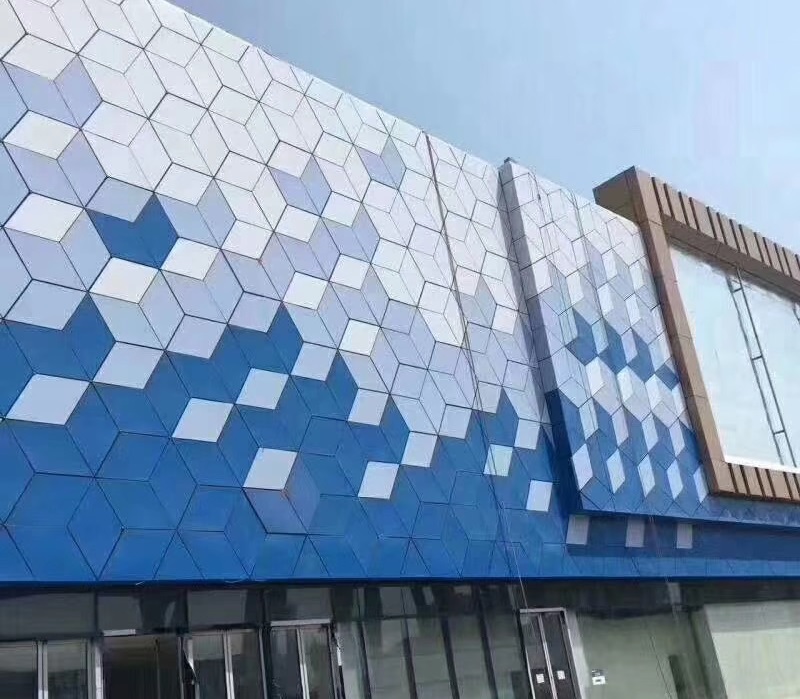
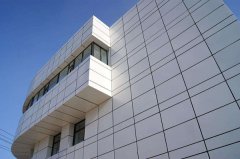
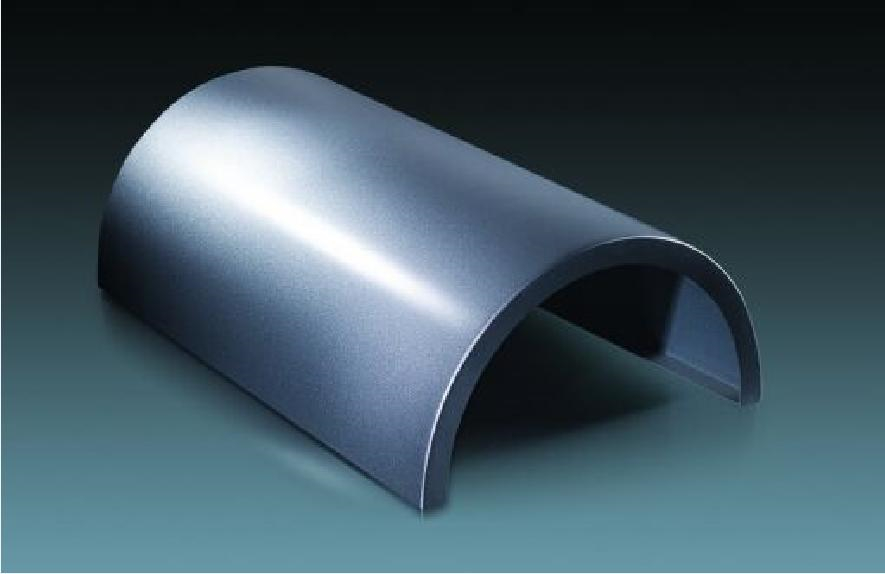
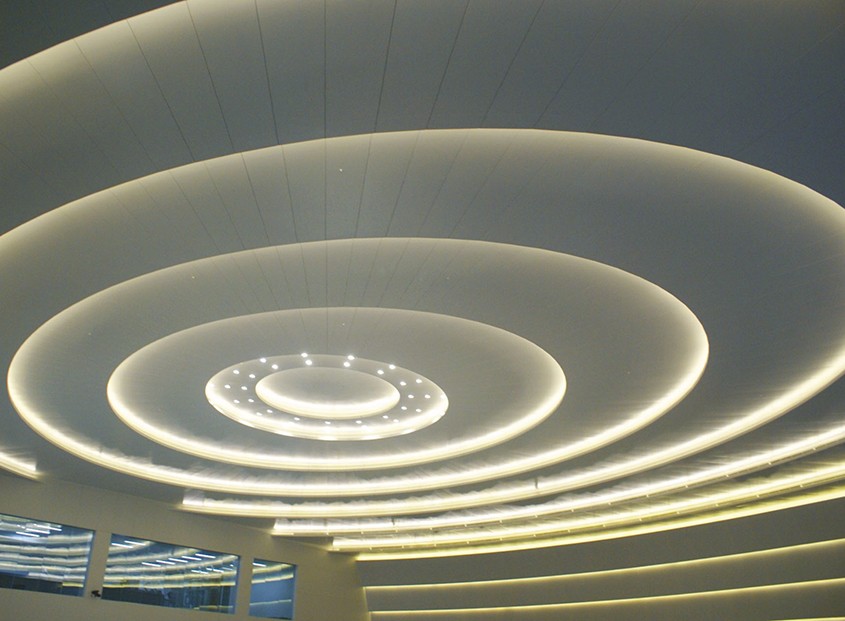
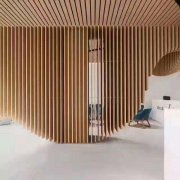
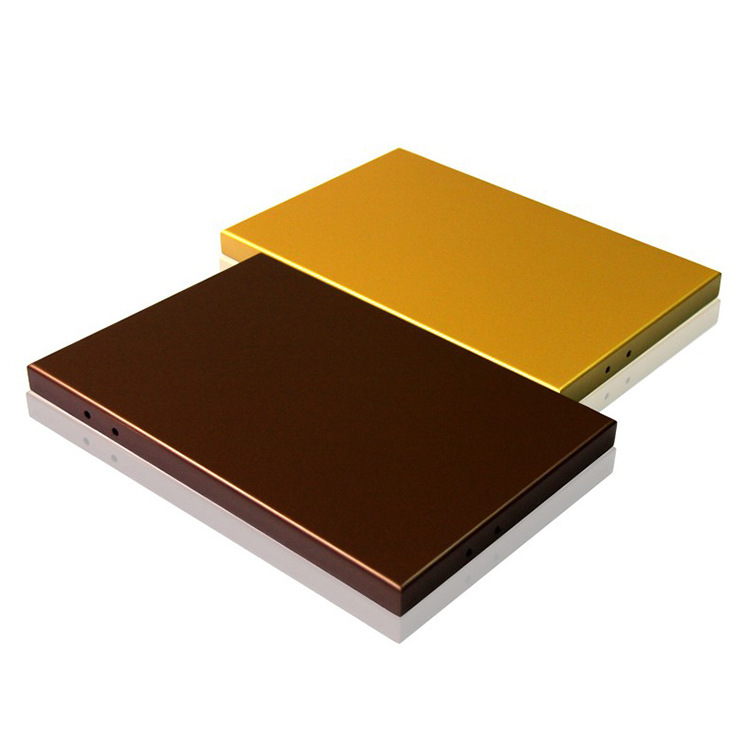
 Customer service QQ
Customer service QQ